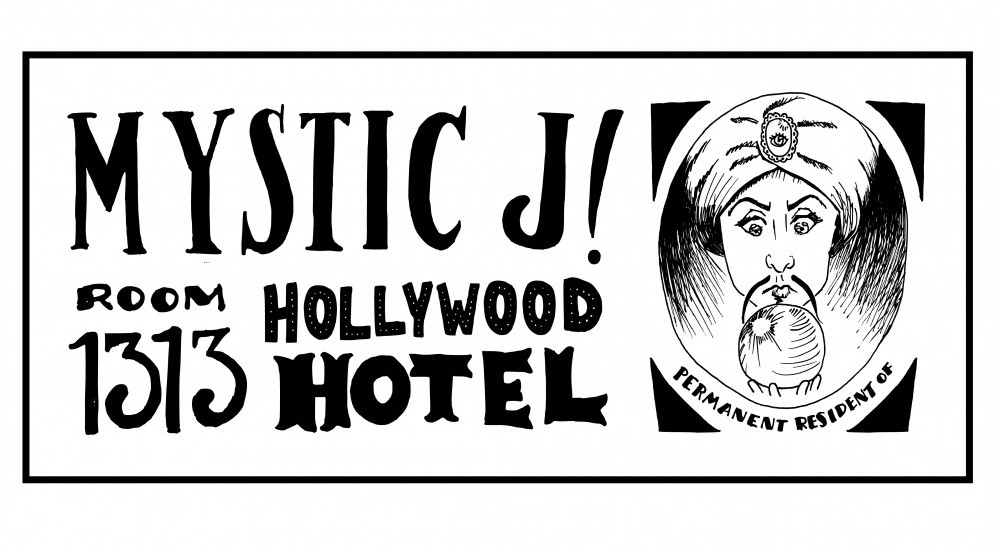Remember Donkey Kong Jungle Beat? That 2-D platformer Nintendo first released for the Gamecube back in 2004? If you do, the first thought that probably popped into your head was “oh yeah, that game with the bongo controller.”
Jungle love
Remember Donkey Kong Jungle Beat? That 2-D platformer Nintendo first released for the Gamecube back in 2004? If you do, the first thought that probably popped into your head was “oh yeah, that game with the bongo controller.”
Though the game was probably Nintendo’s way of throwing a bone to loyal fans that had bought the rhythmic Donkey Konga or its sequel, both of which used the bongos like the peripheral instrument controller in any other music game, people didn’t really get Jungle Beat.
I don’t just mean they didn’t understand it. No one bought the game, either. I guess they just figured trying to play a platformer with no D-pad or jump button was too weird. This was hardly a Steel Battalion-type scenario (which had a 40-plus button controller and was damn near impossible—Wikipedia it) but consumers and Nintendo fans alike didn’t care.
Sadly, despite positive reviews, Jungle Beat was a dismal failure at retail.
Well, here’s to second chances. Nintendo deemed the game worthy of resurrection as part of its “New Play Control!” label for the Wii, taking old Gamecube games and giving them waggle-riffic Wiimote/nunchuk controls.
Now, if you own a Wii, you’ll quickly realize that the platform is practically starving for good games “for gamers,” as compared to third-party shovelware like Carnival Games. Now that the “barrier” of having to control Donkey Kong with bongos has been lifted, there’s no excuse to not play this one.
It’s not exactly Donkey Kong Country, but the game’s freewheelin’ obstacle-course-style design is undeniably fun. The game isn’t really a traditional platformer, per se. Yes, DK has to collect bananas and fight bosses, but it’s handled in a relatively fresh way.
As the big ape plays banana grabber, said fruit is tallied up, just like any other platformer. Rather than trading bananas simply for 1-ups, however, the banana tally is converted into DK’s hit points when it comes time to smack the boss down.
The problem is that there are hardly enough bananas to go around—not enough to really make a difference, anyway. To compensate, Jungle Beat’s design revolves around multipliers, which DK gets for every move (flips, jumps, pounding on enemies, wall-sliding, etc.) or string of moves he makes without hitting the ground.
As the multipliers go up, so does your banana count, but if you’re hit, you’ll not only lose the multipliers, but you won’t get any bananas. Not only does this give you incentive to play well, but it also speaks to the levels themselves, which were made so that seasoned players can make it all the way through a level while barely ever hitting the ground.
A typical scenario: Do a backwards flip in the air, air-grab a few nearby bananas, wall-jump up to a higher level, grabbing onto a vaulting point before landing, air-grab a few bunches of bananas, land and pound the crap out of enemy, etc.
You get the idea.
It’s also interesting to go back and look at Jungle Beat in light of Super Mario Galaxy. Nintendo’s new Tokyo studio (the main headquarters are in Kyoto) developed both games, and there are definitely traces of Jungle Beat in Galaxy (twirling around giant flower stems, anyone?).
In fact, the more I played Jungle Beat, the more I thought it was supposed to be a Mario game. DK controls a hell of a lot more like everyone’s favorite mustachioed plumber than a primate. Except DK does more pounding, most of which occurs in motion-controlled, one-on-one boss fights. I’ve gotta say, I wish third-party games used waggle that’s generally this accurate.
My only complaint about Jungle Beat? It’s really short, and probably won’t take you more than four or so hours before the credits roll. Perform particularly well in enough stages (i.e. collect a lot of bananas) and you’ll unlock four additional kingdoms, but at two levels per kingdom (out of 16 total) it still doesn’t add much in the way of length to the game.
The unlockable levels are really tough but present some of the best design in the game. The varied world of Jungle Beat is vibrant, colorful and gorgeous, despite being 5 years old (wait till you see DK‘s fur). Is it sad that a Gamecube port looks better than the majority of proper Wii games on the system? Yes.
Still, Jungle Beat is such a blast to play that it’s likely you won’t notice these minor flaws, and if you’re like me, you will only be left wanting more. And who knows? Maybe if enough of you support this one, Nintendo will wise up and start making games for its core audience again. Here’s hoping for some announcements at E3.
At any rate, you should play Jungle Beat if for no other reason than to show Nintendo that classic, old-school design will never go out of style. That, or because the Wii’s lineup kinda sucks.




